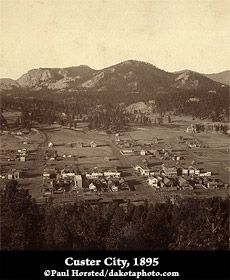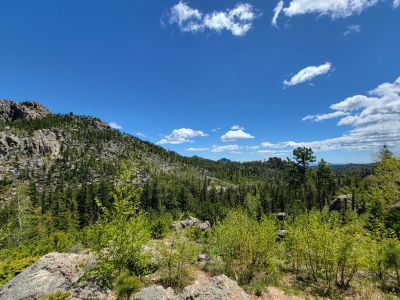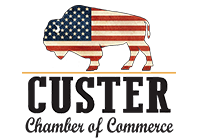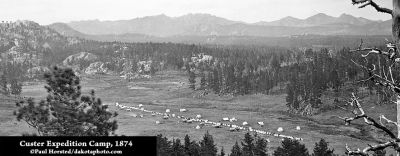| Custer City History November 9, 2020  The history of Custer City is in a large degree that of the southern Black Hills. Custer City is the oldest established white community in the Black Hills; the “Mother City” of the Black Hills of South Dakota and Wyoming.
Condensed transcription of the descriptive information about Custer County as found in A.T. Andreas' "Historical Atlast of Dakota", 1884. Additional information can be found at the Custer Chamber of Commerce Visitor Center. | Finding Zippy: A Tale of an Elf Gone Astray Written by Adrianna Burgess December 10, 2024  Plan for the 101st Annual Gold Discovery Days Celebration July 16, 2024 National Trails Day Written by Darian Block May 31, 2024  BRIDGES OF CUSTER COUNTY March 27, 2024 Groundhog Day! Written by Andrea Spaans February 1, 2024 |

|
||||
|
|
||||





